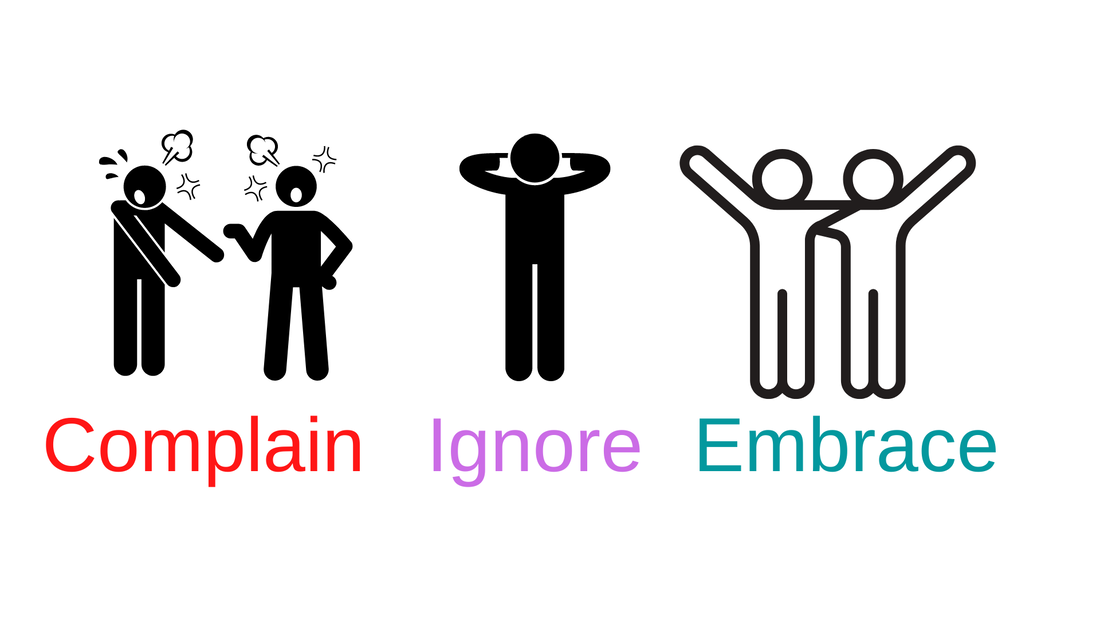Understanding Cultural Differences in Complaint Handling and Resolution

Navigating the Global Complaint Landscape: Understanding Cultural Differences in Resolution
In today’s interconnected world, businesses operate across diverse cultural landscapes, facing a complex array of consumer expectations and complaint handling styles. Recognizing and adapting to these cultural nuances is crucial for successful customer service and fostering lasting relationships. This article explores the importance of understanding cultural differences in complaint handling and resolution, providing insights for businesses to navigate this global landscape effectively.
The Cultural Spectrum of Complaints:
Cultural differences significantly impact how customers perceive, express, and expect resolution for complaints. Consider these examples:
- Direct vs. Indirect Communication: In some cultures, direct confrontation is the norm, while others prefer more indirect approaches, hinting at dissatisfaction through subtle cues.
- Formal vs. Informal Approach: Some cultures prioritize formal processes and written documentation, while others favor informal, personal interactions.
- Individualistic vs. Collectivist Values: Individualistic cultures prioritize individual needs and quick resolutions, while collectivist cultures emphasize group harmony and long-term relationships.
- Power Distance: Cultures with high power distance may expect deference to authority, while those with low power distance encourage more direct communication with customer service representatives.
Navigating Cultural Nuances:
Understanding these cultural differences is essential for businesses to:
- Anticipate Customer Behavior: By understanding cultural norms, companies can anticipate how customers might react to specific situations and proactively address potential issues.
- Adapt Communication Strategies: Companies should adjust their communication style to resonate with the cultural context. This might involve choosing the appropriate language, tone, and level of formality.
- Develop Culturally Sensitive Resolution Processes: Companies should tailor their complaint resolution processes to reflect cultural expectations, offering solutions that align with local values and preferences.
- Train Customer Service Representatives: Equipping customer service representatives with cultural sensitivity training allows them to interact effectively with diverse clientele, understanding and responding to their needs appropriately.
Building Bridges through Cultural Awareness:
By fostering cultural awareness, businesses can enhance their customer service strategies and build stronger relationships with customers worldwide. This involves:
- Researching Target Markets: Conduct thorough research on the cultural values, communication styles, and complaint handling expectations of target markets.
- Utilizing Local Expertise: Employ local representatives who understand the nuances of their culture and can provide valuable insights.
- Seeking Feedback: Regularly seek feedback from customers about their experience and adjust strategies accordingly to address cultural needs.
Conclusion:
The global marketplace is increasingly diverse, demanding businesses to adapt to a range of cultural preferences. Understanding cultural differences in complaint handling and resolution is not just a matter of etiquette; it’s crucial for effective customer service, building trust, and fostering long-term loyalty across borders. By embracing cultural sensitivity and adapting their approaches, businesses can navigate the global landscape successfully, creating positive experiences for customers worldwide.

